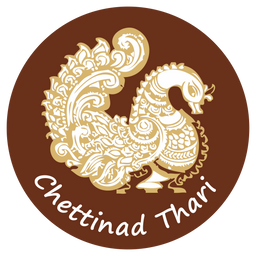Introduction:
Motifs are the channels of communication to the world about the culture and tradition. Earlier, the caveman used his cave as his canvas to leave as a mark of his feelings to the generations to come. When things evolved, and he learned the art of making fabrics, he used the same technique to make some patterns on the dress. To look at a Motif, it is not only a design, but a symbol, or the piece of tradition. The art of embellishing a motif has been in practice since time immemorial.
This is also called as Ayiram Butta, where the word Ayiram refers to a thousand, and Butta in Tamil refers to the small dot. The concept of placing a thousand motifs made of a combination of Annapakshi, yali, paisley, or a small dot artistically is one of the olden and much-appreciated designs. Versatility is the baseline of these designs, where the entire thousand motifs in the saree will be intrinsically placed, giving a spectacular effect across the saree. The dots can be made by a golden thread or colourful threads that offer a contrast to the base of the saree. Overall, even today the tradition of having clustered weaving patterns has crossed the test of time, and it is now one of the most sought after motif designs. It is used in silk, cotton, and on jute sarees, and gives a regal look. Since the pattern is carried over the saree, it enhances the elegance too.
It is also known as Vyala or Sarabham or Vidala in Sanskrit, and Leogryph in English. The extinct and the mythological character occupy a special position in the temples and the drapery. It is portrayed as an animal with a cat like body, with the head of a lion and with tusks with that of an elephant. It symbolises pristine confidence and is the animal-mount or Vahana of Lord Buddha or Mercury. There are different types of Yazhi/Yali designs, called Simha Yazhi, or the lion Yazhii, the Yanai Yali or the elephant Yazhi, and Hamsa yali, or the swan. They are often believed to be the guarding animals, kept at the entrance of the palaces, and the temples. This design is woven in the borders, and the pallu, and also used across the body of the saree, giving an elegant yet spectacular look.
Temple Motif: Shikara or the temple tower is one of the holiest designs or motifs used by weavers. It is also called a Gopuram design in Tamil and called as Rekku too. It Is the ceremonial gateway of the temple, and the mark of happiness and profound blessings. Often used in the borders of the saree, it brings a sheen and elegance to the person who wears. Often impressed by the grandeur, the weavers tried to replicate the same design that should echo the same spectacular architecture of Indians, into the dress. Thus over the years, the traditional saree with a temple border saree is always a favourite for a woman and is one of those designs which always has its market intact.
Conclusion: There are several motifs, used by artisans and each one conveys a different meaning. Each motif is a profound beauty, which is crafted by the artisan or the weaver on the saree. The genius of the weaver lies not only in using the right motif but also in how the motifs are placed. Thus, a saree is converted into a stunning piece of art, which can be even passed on to generations.


